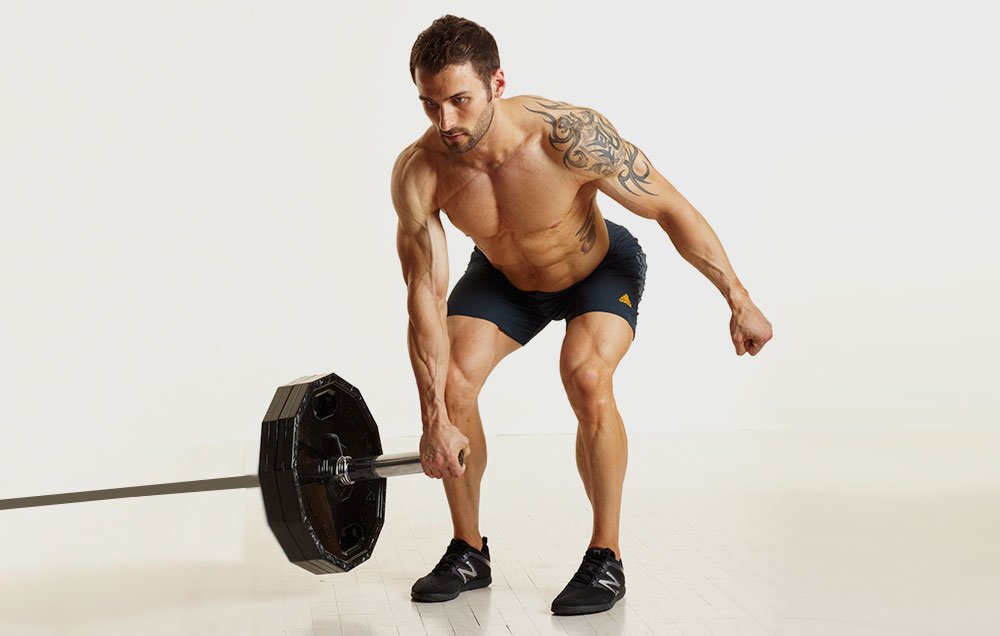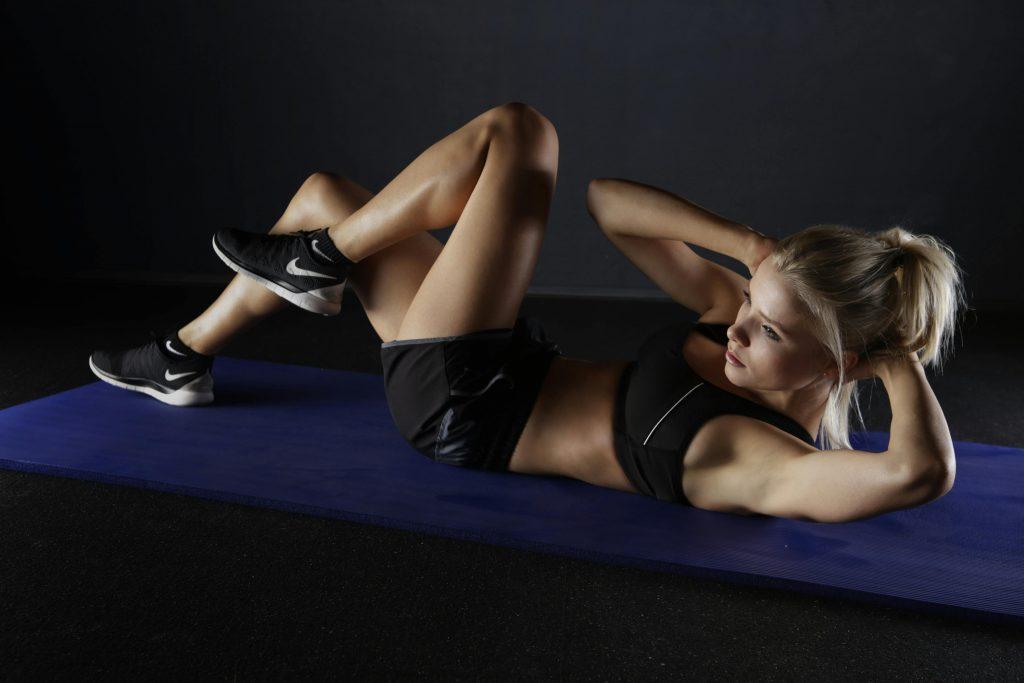There is something about how a barbell loaded with multiple 45lb plates stack on either ends feels in your mix grip hands, as you bend over at the waist with your knees slightly bent, drive your heels into the ground, keep your chest lifted and just pull that mother sucker off of the ground – to just drop it right back down.
Invigorating huh?
It absolutely is! The deadlift is one of the most powerful moves you can perform with weights. Driven by the power of your hamstrings, these bad boys really give excellent results. However, the lower back can get compromised if you aren’t careful with your form, especially when the weight keeps getting heavier and heavier.
BJ Gaddour shares with Men’s Health Magazine, two variations of a deadlift that are safer for your back. To the older men out there, listen up.
Do 2 to 3 sets of 8 to 12 reps per arm on each leg while maintaining a flat back, even if that means modifying the range of motion or using just your bodyweight in the beginning. If you wanted to go heavier for more strength work, do 4 to 6 reps per arm. If you wanted to go lighter for more endurance work, do 15 to 20 reps per arm. Do this at least 1 to 2 times per week and your glutes will grow, your hamstrings and hips will open up, and you’ll start moving and feeling better. It’s also very easy on the knees!
2. Staggered-stance landmine hip hinge
These are also great for the glutes, hams, and lower back. And if you struggle with the aforementioned Bulgarian hip hinge, you may find these to be more accessible.
I place the opposite hand behind the lower back to both mobilize the chest/anterior shoulder and to ensure the slight arch in the low back is maintained. These are also self-limiting due to the grip challenge of holding the fat part of the bar. In other words, it’s inherently a pretty safe variation if you have a history of back pain.
Plus, using the plates ensures you can never go too low, or lower than trunk parallel to the floor. It’s fine to go lower (and I’d recommend it if you can do it without rounding your spine), but most people don’t have the mobility and stability to do that.
Do 2 to 3 sets of 8 to 15 reps per side with 30 to 60 seconds rest between sides. For best results, mix between both of these variations over the course of a given training week for the next 6 to 12 weeks.







